Electromagnetics Blog Posts
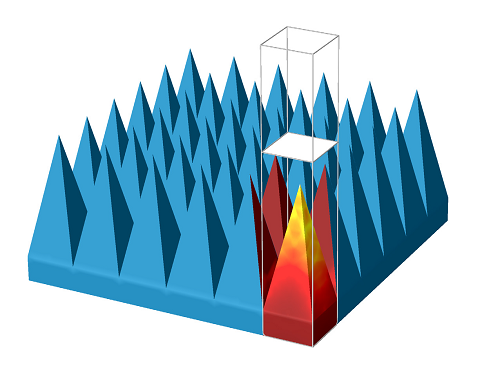
Modeling an RF Anechoic Chamber Using Periodic Structures
Anechoic chambers can be either acoustic or electromagnetic. These noise-canceling rooms are designed to absorb sound or electromagnetic waves. Simulation can be used to design these devices.

New Book on Topology Optimization for Electromagnetics
Whether you’re a student or an industry engineer, read Multiphysics Simulation: Electromechanical System Applications and Optimization, a reference guide on simulation and topology optimization.
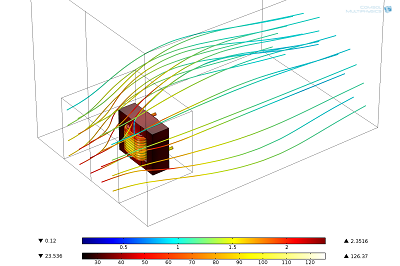
Modeling Convective Cooling of Electrical Devices
We developed a model that includes all of the important details of thermal management in a high-power electrical device. To do so, we needed to use high performance computing with hybrid modeling.

Powering Particle Physics Research at Fermilab
Researchers at Fermilab had an important question: Would upgrading the booster RF cavities in their particle accelerator cause them to overheat? To find answers, they turned to simulation…
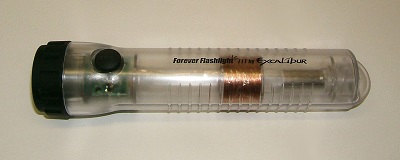
Computing Voltages Produced by Electromagnetic Induction
Have you ever used a “shaker flashlight”? It’s powered by voltage from the electromagnetic induction that occurs when a powerful permanent magnet inside the device oscillates due to the shaking.
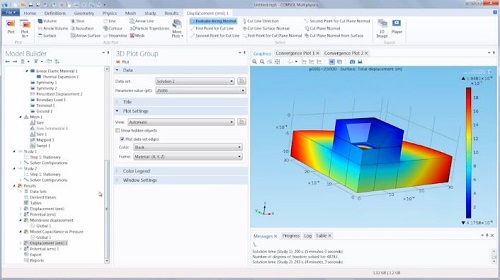
Video Tutorial: Capacitive Pressure Sensor
Looking for a visual explanation of how to model a miniaturized 3D electromechanics problem? Read this blog post for a quick overview and an embedded tutorial video.
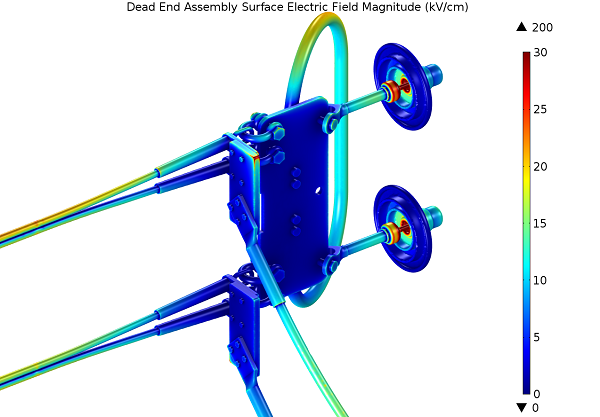
POWER Prevents Corona Discharge in Power Lines
POWER Engineers, a global engineering consulting firm, used multiphysics simulation to study if and where corona discharge occurs in power lines and their associated assemblies.
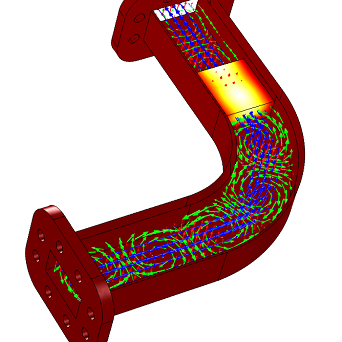
Quick Intro to Modeling RF and Microwave Heating
If you’ve attended a COMSOL webinar about an RF topic, you’ve probably seen our model of a waveguide with a bend. That’s because it illustrates microwave heating in an easy-to-understand way.
